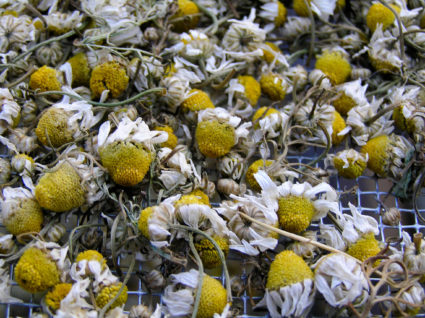
Notes about Herbs and Sleep
November 21, 2018
Quality sleep is important for both mental and physical health. Unfortunately insomnia affects many people. I see it commonly in almost all of the settings I work in.
What I’d like to do in this post is to give a few suggestions about helping with some sleeping difficulties and broaden the information in a future post.
There are many types of sleep disturbances with various facets associated with each type. When thinking about sleep aids for yourself or others, consider what type of sleep problem you are looking to help and what other inputs might be contributing to the difficulties. It is common to have more than one type of sleeping difficulty (for instance falling and staying asleep) and these can also change over time
With herbs, the dose is an important aspect as sedative herbs can be nourishing taken in small doses but fatiguing in larger doses.
It is important to realize that insomnia can be a very difficult problem to treat and that herbs may be only one part of a treatment strategy.
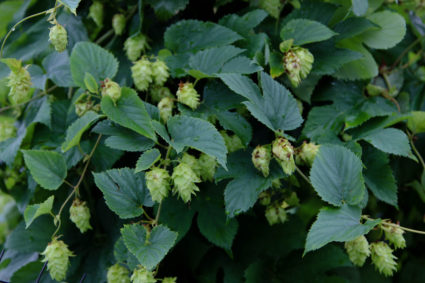
Insomnia Categories and Herbal Treatments
- Cannot fall asleep (Sleep onset difficulty)
- Racing, busy mind
- Herbs that are strongly sedative
- Take right before sleep
- Pain, discomfort
- Skeletal muscle relaxants
- Antispasmodics
- General pain remedies
- Sleep aids
- Waking up throughout the night (sleep maintenance)
- Light sleeper; waking up from any stimuli
- Take nervine herbs throughout the day to help the nervous system be less responsive during sleep
- Take small to larger amounts up to 5 times daily depending on the strength of the herb
- Waking up abruptly during the night
- Have the herbs prepared in a cup beforehand within reach.
- This can be taken as soon as one awakes
- With active thoughts
- Anxiolytics and general sleep aids
- Discomfort
- Pain relievers and general sleep aids

Therapeutic Categories and Herbal Remedies
Note-this is a generalized list and depending on individual reactions and strength of a particular herb or preparation, their attributes could be felt differently.
Antispasmodics (for spasms or crampy conditions)
- Crampbark
- Lobelia
- Silk tassel
Anxiolytics (reduce anxiety). These can be taken throughout the day to help with sleep and range from nervines to sedatives
- Milder (can be taken throughout the day)
- Anemone
- Blue vervain
- California poppy
- Damiana
- Motherwort
- Passionflower
- Rose
- Tulsi
- Stronger (potentially sedative, may cause fatigue and lessen mental clarity)
- Hops
- Kava kava
- Valerian

Nervines-herbs that nourish the nervous system. These can be taken throughout the day. Some are useful for depressive state and other for anxiety.
- Blue vervain
- California poppy
- Chamomile
- Lavender
- Lemon balm
- Mimosa
- Motherwort
- Oat tops
- Rose
- Johnswort
- Tulsi
Pain remedies-General (these can be from any category, including sedative)
- Hops
- Jamaican dogwood
- Kava kava
- Skullcap
- Valerian
- Wild lettuce
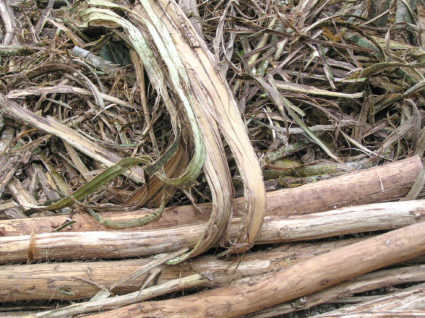
Sedatives (relaxing, can cause fatigues)
- Hops
- Skullcap
- Valerian
Skeletal muscle relaxants
- Black cohosh
- Jamaican dogwood
- Lousewort
- Skullcap
- Valerian
Sleep aids-General
- Chamomile
- Hops
- Kava kava
- Passionflower
- Skullcap
- Valerian
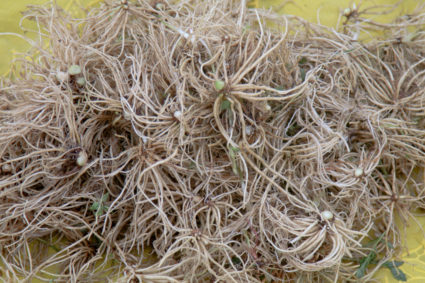
Medicinal Preparations and Dosage
There are a number of preparations that can be used. A consideration is how long they might take to have an effect. In general, tinctures and teas can be felt sooner while capsules usually take longer. Drinking tea before sleep may cause some folks to wake up to urinate.
These are very generalized dosage guidelines. How much one takes can be very individual and will likely need experimentation to find the most useful dose. For sensitive individuals, start with lower dosages, especially with sedative herbs.
- Capsule-1-2 capsules 2-4 times daily
- Glycerite– during the daytime: 1/2-1 dropperful 2-4 times daily. At night: 1-3 droppers full as needed. Powder-1/4 teaspoon 2-4 times daily, stirred into water or beverage.
- Tea-Cover 1 oz herb(s) with 1 quart of water. Let sit 10 minutes. Drink ½ cup (4-6 oz) 1-3 times daily.
- Tincture-during the daytime: 1/2-1 dropperful 2-4 times daily. At night: 1-3 droppers full as needed.
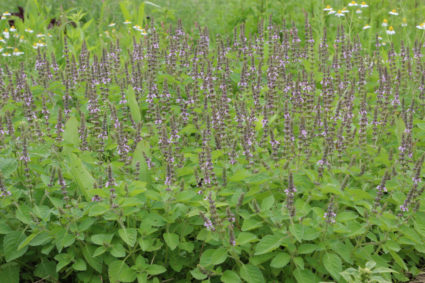
Common and Botanical Names
- Anemone-Anemone species
- Blue vervain-Verbena hastata
- California poppy-Eschscholzia californica
- Chamomile-Matricaria chamomilla
- Crampbark-Viburnum opulus
- Hops-Humulus lupulus
- Jamaican dogwood-Piscidia piscupula
- Kava kava-Piper methysticum
- Lavender-Lavandula species
- Lemon balm-Melissa officinalis
- Lobelia-Lobelia inflata
- Lousewort-Pedicularis species
- Mimosa-Albizia julibrissin
- Motherwort-Leonurus cardiaca
- Oat tops-Avena sativa
- Passionflower-Passiflora incarnata
- Rose-Rosa species
- Silk tassel-Garrya species
- Skullcap-Scutellaria lateriflora
- Johnswort-Hypericum perforatum
- Tulsi-Ocimum tenuiflorum
- Valerian-Valeriana officinalis
- Wild lettuce-Lactuca species
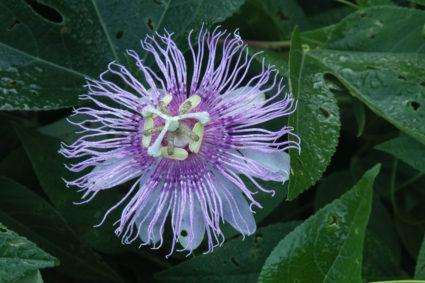
Considerations
- Sleep hygiene is a useful concept to understand for many types of insomnia
- Learn what foods, medications, recreational drugs or other substances may contribute to sleeplessness.
- Use soft night-lights if you get up during the night, avoid stronger lights as they can be over-stimulating.
- Avoid disturbing media (especially movies) before sleep
- Comfortable bedding
- Thick curtains to block out light
- Avoid fluids a few hours before sleep if you usually have to get up to pee
- Watch intake of caffeine and other stimulants during the day. Consider having your last cup before noon.
- Valerian can have paradoxical negative effects (agitation, a speedy feeling). Try it first in the afternoon where it will not be as disruptive if it is over-stimulating.
- Try one herb at a time before using formulas. This is especially helpful for people who are sensitive to plant medicines and medications.
